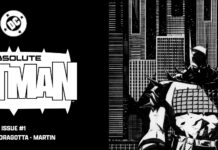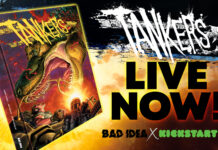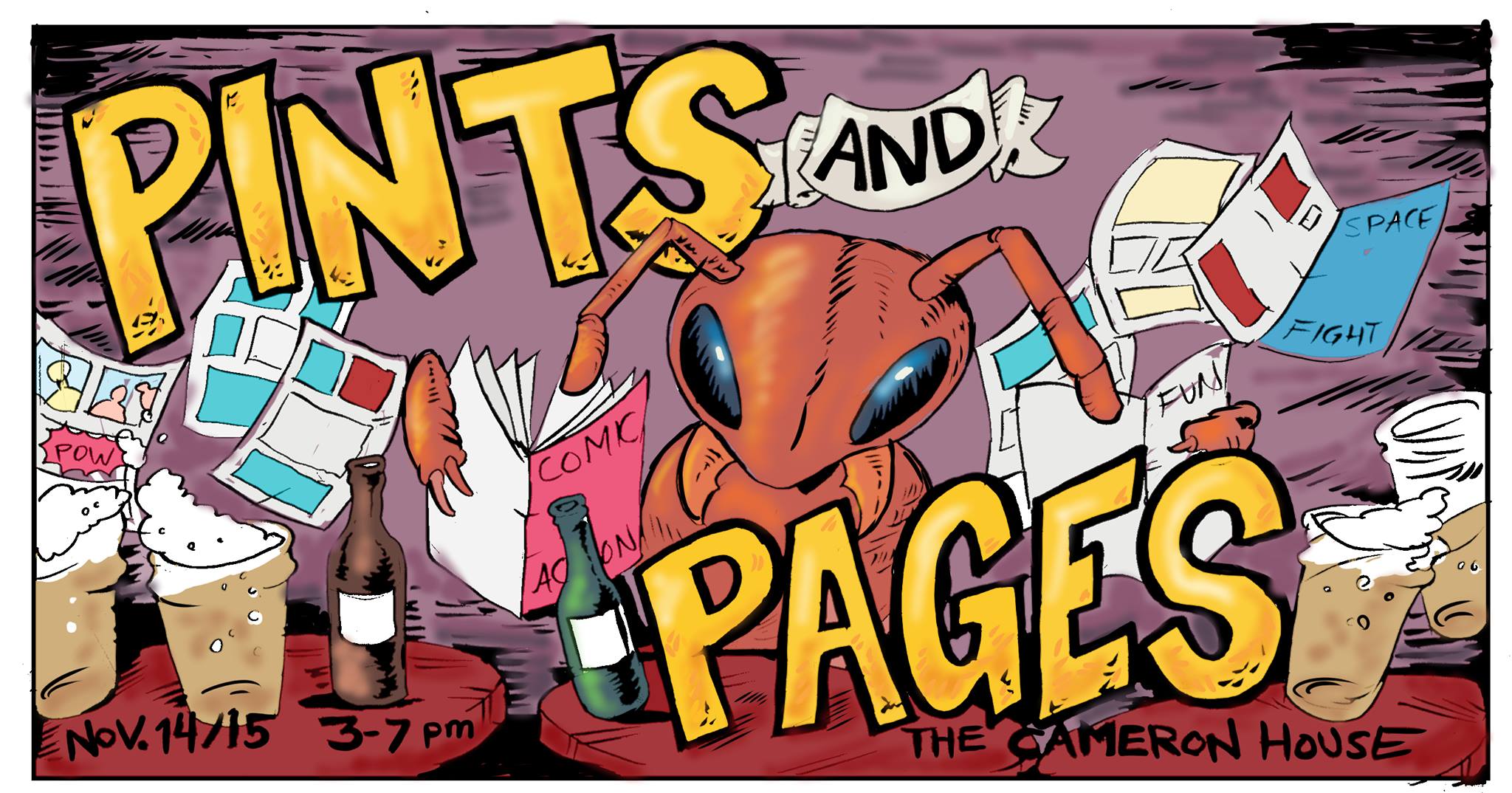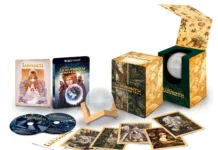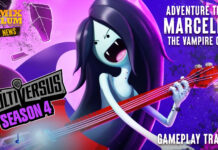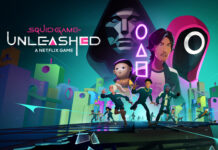Heavy Rain
Platform: PS3, PS4
Developer: Quantic Dream
Publisher: Sony CE
Author: K.D.
It’s hard to believe that it’s already six years since Heavy Rain first intrigued, confused, frustrated, and awed many gamers with its new approach to video games. Since then, it is definitely been a motivating force behind the growing interactive film genre within games. The game itself simplified controls for the average gamer, added timed elements, and encouraged players to interact with the environment in order to increase immersion into the story and the world created. With the new approach so untested, it was rather startling to see the game so successful.
Though admittedly I loved it myself.
The story revolves around four playable characters: Ethan Mars, an architect; Scott Shelby, a former police officer hired as a private investigator; Norman Jayden, an FBI agent and; Madison Paige, a photojournalist. In our fictional world, a serial killer is on the loose and has claimed more than their fair share of victims. The Origami Killer, an individual who kidnaps young boys, kills their captives by placing them in a space where heavy rainfall may begin to accumulate. All in the attempt to drown them over the course of a few days. After which a body is found, in a remote area, with a small origami figure placed in their hands.
 An easy death is not in the cards for this killers victims.
An easy death is not in the cards for this killers victims.
In comes Ethan Mars, who has suffered his own tragic circumstances and is struggling to regain his footing in life. As the young father hangs out with his son, Shaun, he suddenly blacks out. Upon waking up Ethan finds Shaun to be missing, with no clues to his whereabouts. The media quickly labels Shaun as the next victim of the Origami Killer, which in turn leaves Ethan disillusioned as to the fate of his child.
This is where the game really takes off.
While the other characters are looking for clues and evidence to determine the identity of the serial killer, Ethan is anonymously contacted and tasked with various challenges to get pieces of the address where his son is being held. A race against time, with more than a few moral decisions, will have players scrambling to save not only their child but also the various players within the game.
 The gameplay for this game was definitely different than the other games present in the market upon its launch. This game was crafted as an interactive film with a focus on the motion sensor in the PS3 controller to change the pacing of the game. Most of the time, there’s a fixed third-person overview of the immediate surrounding area. When the character reaches an object with which they can interact, a contextual action will show up on the screen (unless you disable that function) allowing you to interact with it. But those are essentially the only commands in the game: move and interact. Occasionally, a Quick-Time Event (QTE) will occur in high-stress quick-paced events, prompting reactionary button commands or controller swinging. Unlike most games with QTEs, Heavy Rain doesn’t track how well you perform them. They may, however, impact the storyline by rendering specific characters unconscious, trapped, or dying. While incapacitation won’t end the story, it will for sure affect the outcome.
The gameplay for this game was definitely different than the other games present in the market upon its launch. This game was crafted as an interactive film with a focus on the motion sensor in the PS3 controller to change the pacing of the game. Most of the time, there’s a fixed third-person overview of the immediate surrounding area. When the character reaches an object with which they can interact, a contextual action will show up on the screen (unless you disable that function) allowing you to interact with it. But those are essentially the only commands in the game: move and interact. Occasionally, a Quick-Time Event (QTE) will occur in high-stress quick-paced events, prompting reactionary button commands or controller swinging. Unlike most games with QTEs, Heavy Rain doesn’t track how well you perform them. They may, however, impact the storyline by rendering specific characters unconscious, trapped, or dying. While incapacitation won’t end the story, it will for sure affect the outcome.
This brings us to a couple issues players have with the game itself. Though feedback is overwhelmingly positive, there are gameplay issues to note. The first being some noticeable plot holes, the biggest of which is never really explained: Ethan’s blackouts. It happened when he was with Shaun at the park before he disappeared and was not explained in the game. Or so we thought. Apparently, his blackouts were part of the plot that was removed and that was an incident Quantic Dream probably thought was explainable through the stress of having lost a child. Here’s a video link to extended scenes that QD cut out a few months before release:
The graphics and sound are pretty great, though there was noticeable issues with graphics. Players reported that framerate inconsistencies and textures failing to load in made the gaming experience more arduous and less polished than they would have liked. The fixed camera position really lends itself well to the idea that the game is, in fact, a movie. And I have to say that it works really well in this case. That being said, the soundscape is brilliantly crafted so that it’s not blatantly in the players’ faces, but is also just noticeable enough to help us decide how we feel in the moment. The music really plays on emotional connection in the same way that film score writers can manipulate our feelings.
It’s true! Try watching the Black Pearl sail to country music instead of the epic orchestral sailing music from Pirates of the Caribbean… COMPLETELY different feel.
All in all, this game was a homerun. Even with its occasional visual drawbacks and framerate inconsistencies, the story is compelling and engaging in a way that really connects with the player and manages to personalize the story. Sadly, I don’t think it has much in the way of replay value once your connection to the characters has been established.
So if you haven’t played this game yet, you glossed over the spoiler parts, and this genre of games intrigues you, I’d say go for it! What do you have to lose?
Follow us on Twitter to keep up with the latest posts, or to recommend a game for the team to review: @TheSaveSpot1



